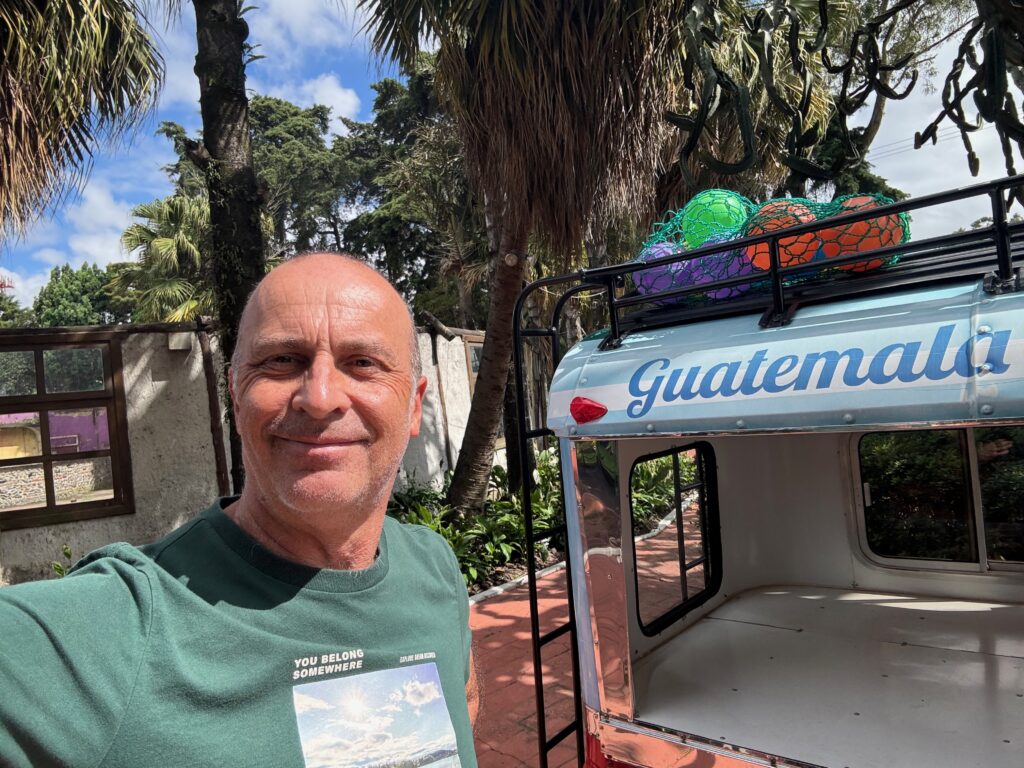
Founded in 1776 on the ruins of the ancient Mayan city of Kaminaljuyu, Ciudad de Guatemala (Guatemala City) was established as the new capital of the Captaincy General of Guatemala after a series of devastating earthquakes destroyed the former capital, Antigua Guatemala. It has been capital of a fully independent Guatemala since 1847.
The country of Guatemala is bordered by Mexico to the north and west, Belize to the northeast, and Honduras and El Salvador to the east. Guatemala City is located in the southern part of the country within the Valle de la Ermita (Hermitage Valley).
The city is situated at an elevation of about 1,500 meters (4,900 feet) above sea level and is approximately 692 square kilometers (267 square miles), making it similar in size to cities like San Francisco, California, in the United States or Stuttgart in Germany. To the south of the city lies the Pacaya volcano, one of the most active in the country, and the surrounding volcanic landscape contributes to the fertile soils in the region.
The city has witnessed endured devastating earthquakes, including a series through 1917–1918 that significantly re-shaped its cityscape.
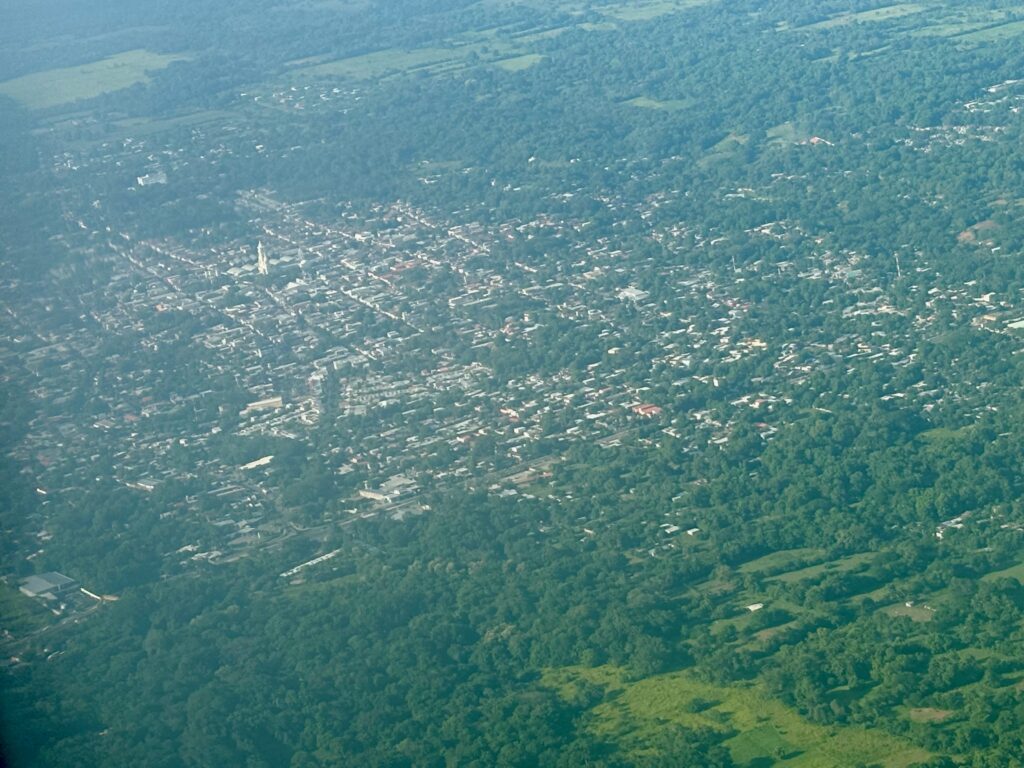
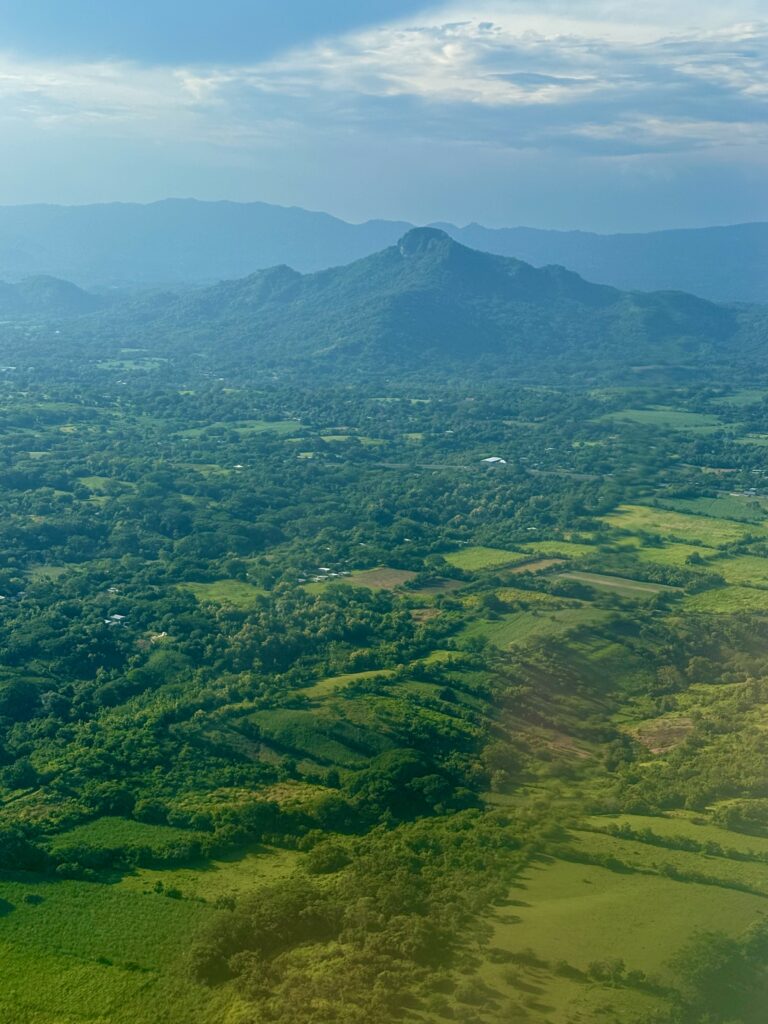
Guatemala City is the most populous city in Central America, with over three million residents, more than half of whom live below the poverty line. It is one of the last Central American capitals I have visited. Few places in the world have left me feeling disconnected; unfortunately, this city is one of them. There are very few places I can say I didn’t connect with, and this place is one of them!
Summary
- My Overall Rating: 37%.
- My Ranking out of 247 Visited Cities is 246th place.
- Why It Should Be Visited: Rich history, diverse culture, and unique culinary experiences.
- Negatives: High crime rates, significant poverty, and heavy traffic congestion.
- Would I Return?: No. Despite its historical richness, this city did not grab me.
Getting There
Guatemala City is a major hub in Central America, connecting travellers to various parts of the region and the United States.
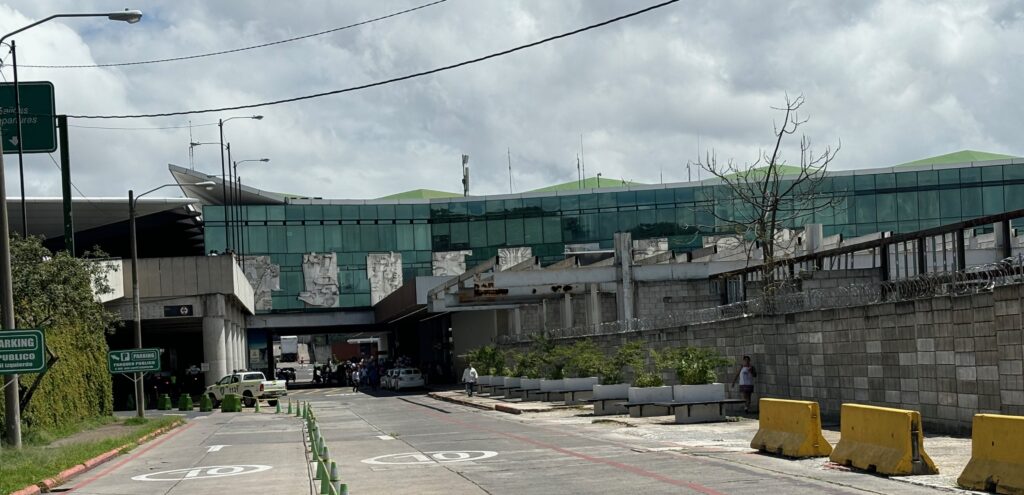
In Central America, Avianca connects you to Guatemala from Bogotá (Colombia), Lima (Peru), San José (Costa Rica) and San Salvador (El Salvador). Aeromexico offers direct flights from Mexico City, while Copa Airlines connects Panama City to Guatemala.
For European travellers, Iberia operates direct flights from Madrid to Guatemala City, ensuring convenient access from most of Europe with connecting flights.
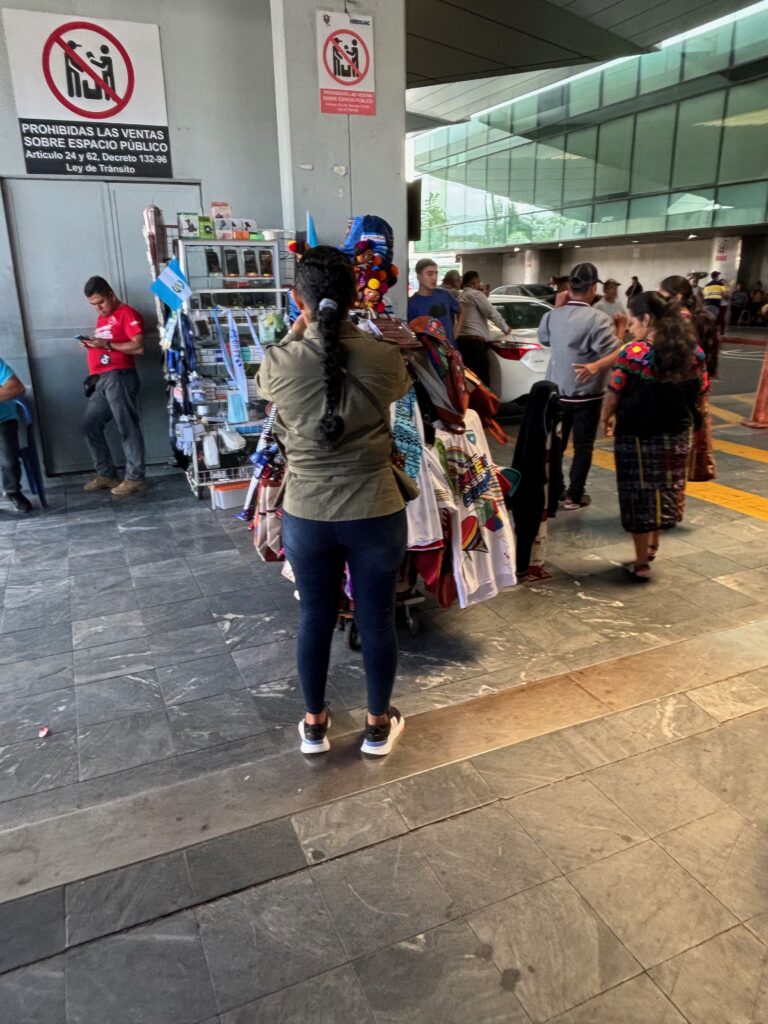
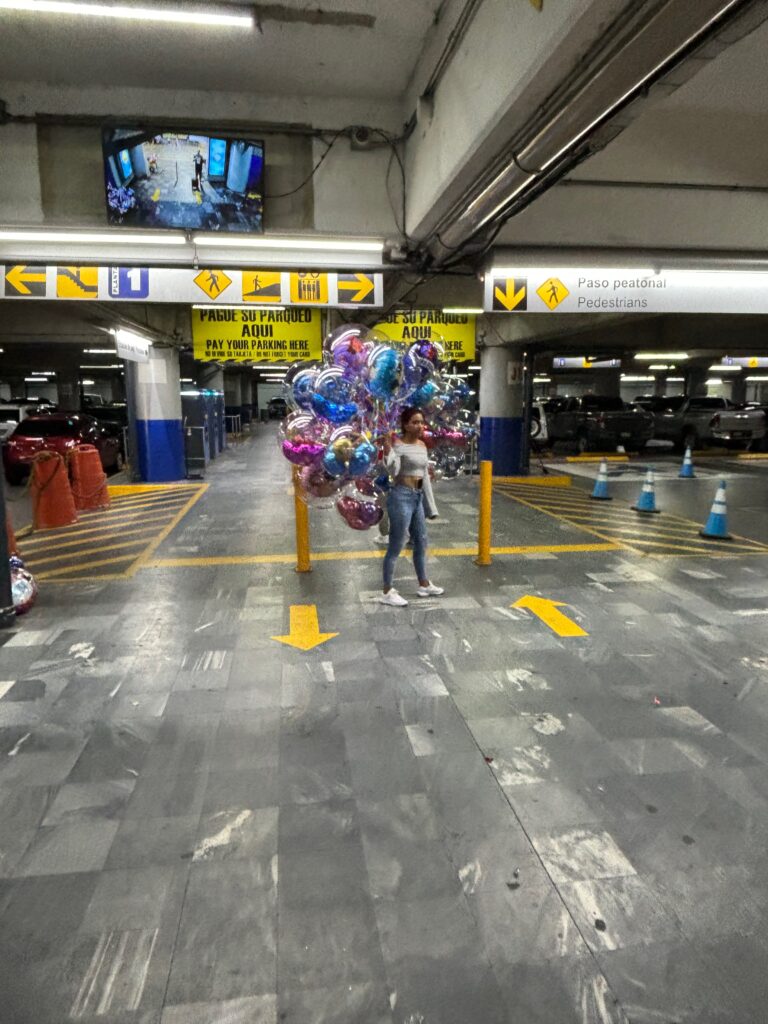
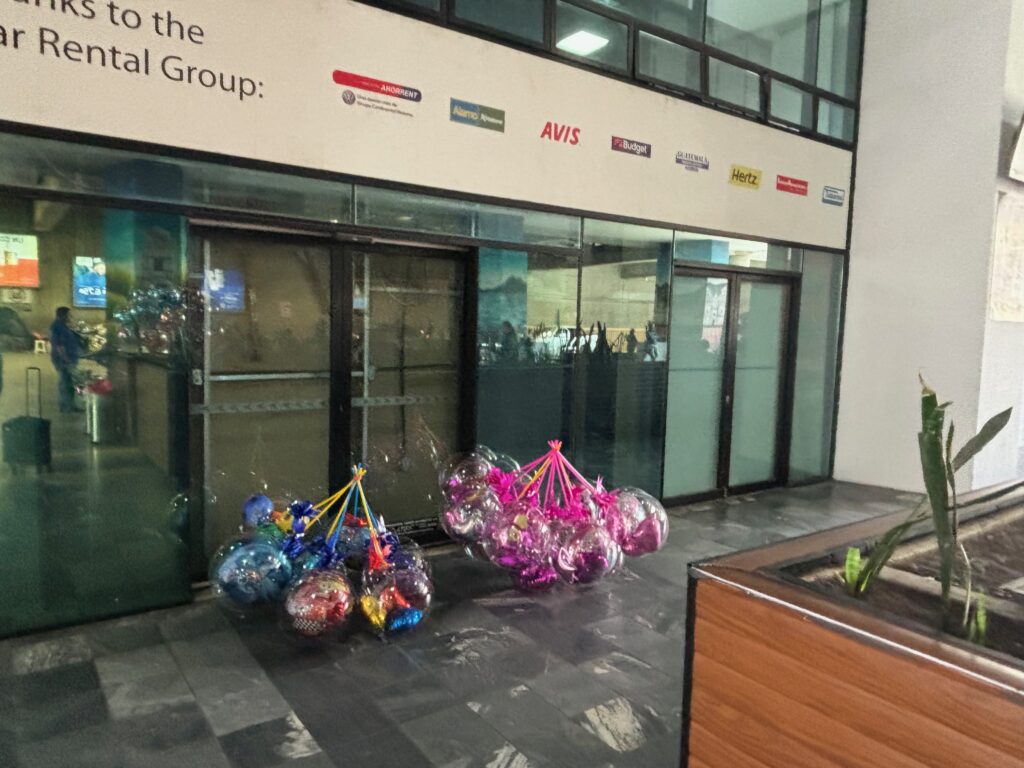
The La Aurora International Airport, just 6 kilometres (4 miles) south of the city centre, is a key entry point. The airport is functional but expect long queues and some confusing processes, particularly during busy periods. I have never seen so many balloons greeting travellers and little street stalls selling snacks, chips and drinks on the pathways to and from the airport building’s entrances and exits!
By Bus
You can ride by bus from San Salavador and Mexico City
Getting Around: 55%
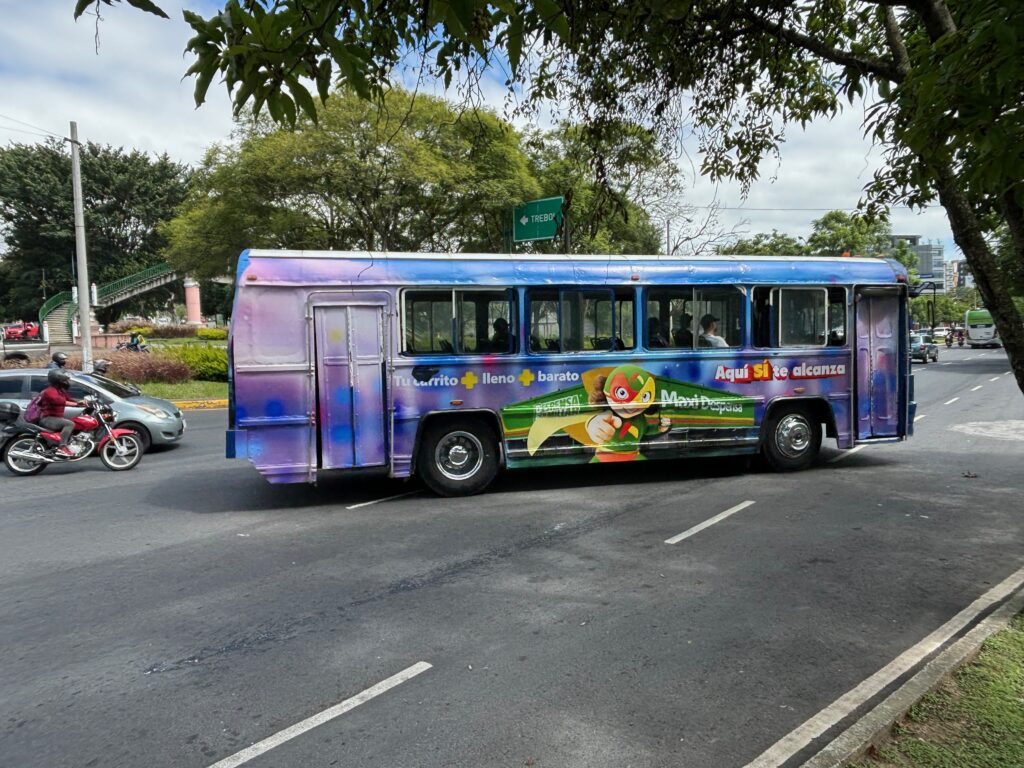
Guatemala City is divided into 25 zones (zonas), each with its own characteristics, ranging from commercial and residential areas to industrial zones. The city is designed in a grid-like pattern, with the zones spiralling out from the historic centre. Some key zones for visitors are:
- Zone 1: The city’s historic centre with many landmarks like the National Palace of Culture, Metropolitan Cathedral, and various government offices. Generally safe during the day but requires caution at night.
- Zone 4: A modern area known for its cultural and commercial activities, with trendy restaurants, cafes, and co-working spaces. The city’s civic centre is also located here. Safe during the day and early evening.
- Zone 10 (Zona Viva): An upscale area with luxury hotels, high-end restaurants, bars, nightclubs, and shopping centres. It is one of the safest zones in the city, with a strong police presence.
- Zone 13: Home to La Aurora International Airport, several museums, and La Aurora Zoo. Generally safe, particularly around tourist attractions.
- Zone 18: A densely populated residential area. High crime rate, not recommended for tourists.
- Zone 21: A mix of residential and industrial sites on the city’s periphery. High-risk areas with significant crime tha visitors are advised to avoid.
Navigating Guatemala City is a challenge. According to Waze, The city ranks sixth worst for traffic, road quality, and safety. Despite this, the bus transit network is commendable, offering a rare bright spot in the city’s infrastructure. There are two primary types of buses:
- Red City Buses (“Urbanos”): These traditional, often brightly painted buses (not just red) have been a staple of the city’s transportation for years. They are older and more crowded, but they cover extensive routes across the city, reaching many neighbourhoods and key locations.
- Transmetro: A Bus Rapid Transit (BRT) system where buses operate on dedicated lanes, reducing travel time by avoiding regular traffic jams. These buses are safer, more reliable, less polluting, and follow specific routes with designated stops. The Transmetro is the recommended option for safety and efficiency, especially for tourists, as there is security personnel present at stations and on buses. Maps and schedules are available online and at stations.
You’ll need to buy a rechargeable card, which can be topped up at stations. Fares are affordable, and the card system makes it easy to transfer between buses.
For the Transmetro, buses stop at designated stations, and boarding is orderly, with passengers queuing and boarding through specific doors. For the Red City buses, boarding is chaotic, especially during rush hours, with much pushing and shoving. It’s advisable to board through the front and monitor your belongings.
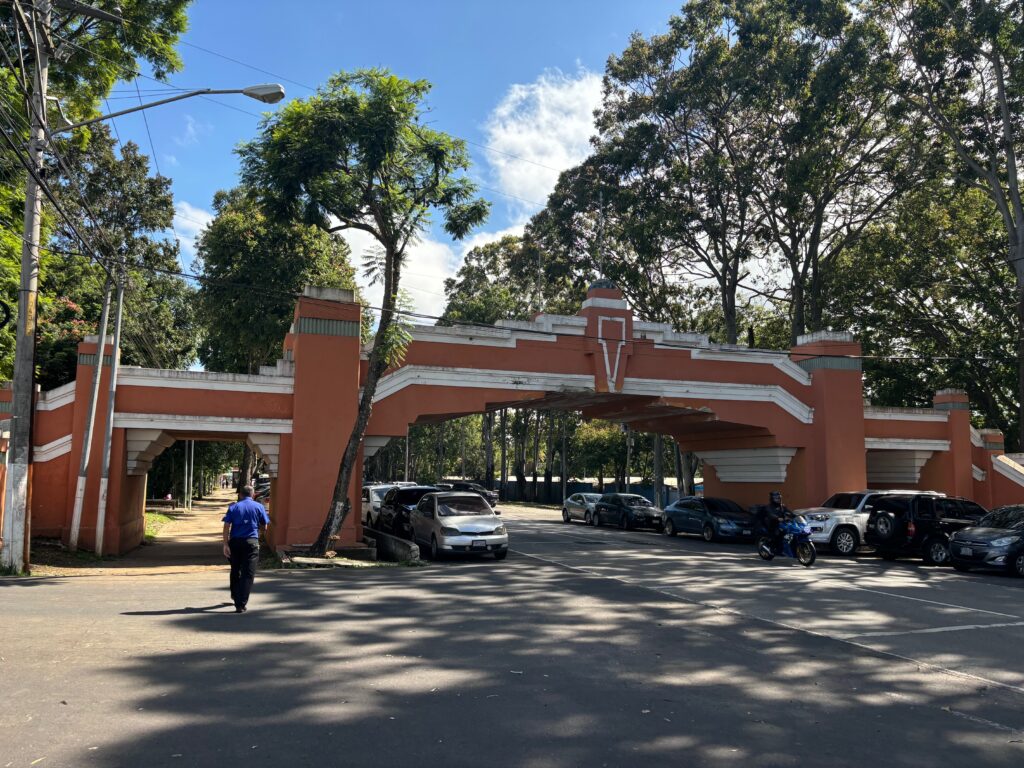
My Top Sights in Guatemala City
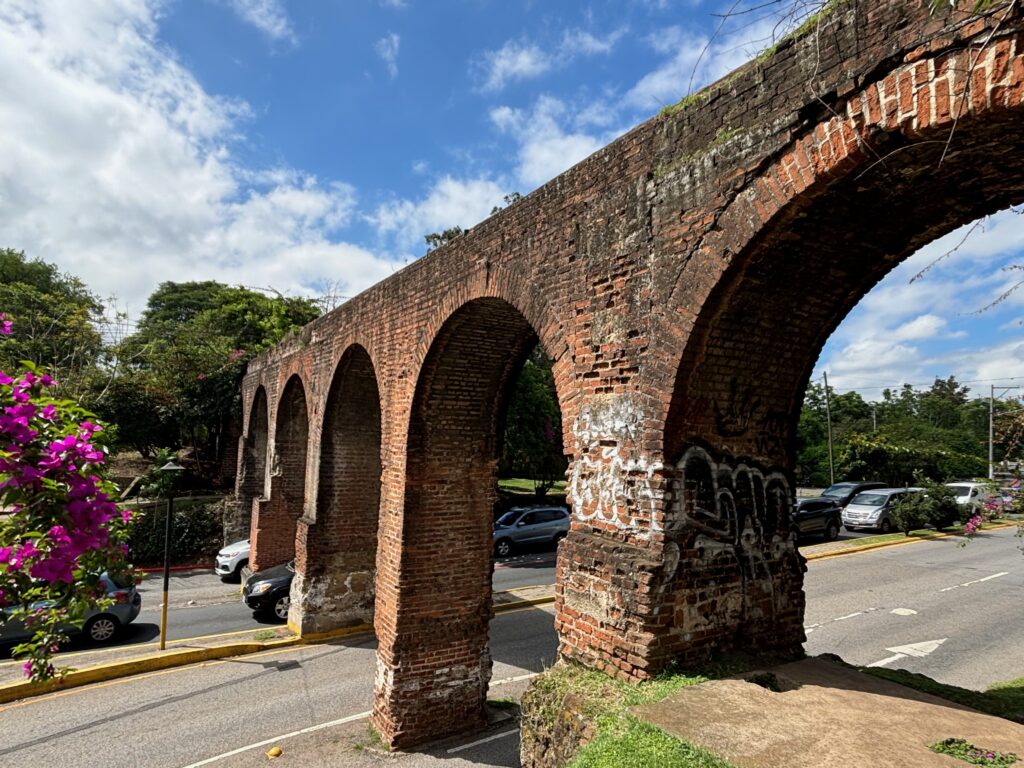
1. Zona One/Centro Histórico: This is the heart of the city, filled with important historic buildings, a beautiful park, vibrant life, and good restaurants. It is a must.
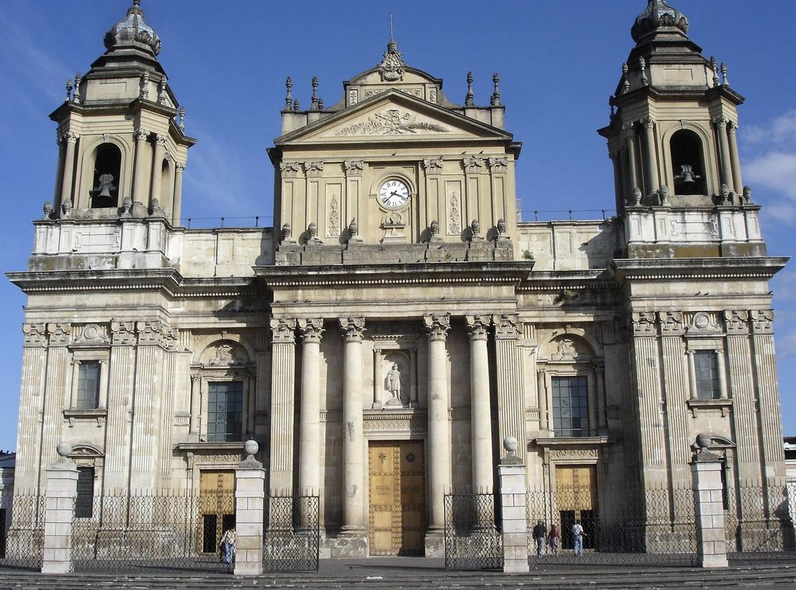
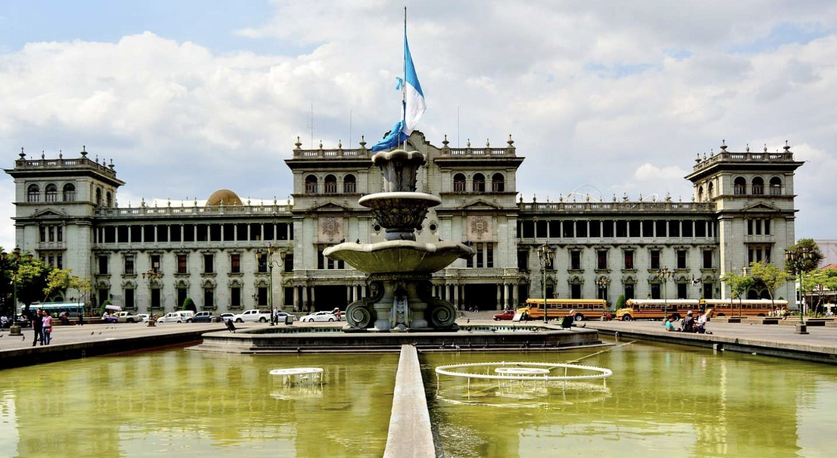
2. Catedral Metropolitana de Santiago de Guatemala: A beautiful cathedral dating back to the 18th century.
3. Iglesia de San Francisco: Known for its stunning exterior, this church is probably one of my favourites.
4. National Palace of Culture: A Renaissance and Neoclassical blend, featuring murals narrating Guatemala’s political history.
5. Mercado de Artesanías: A well-guarded tourist market offering local crafts and souvenirs.
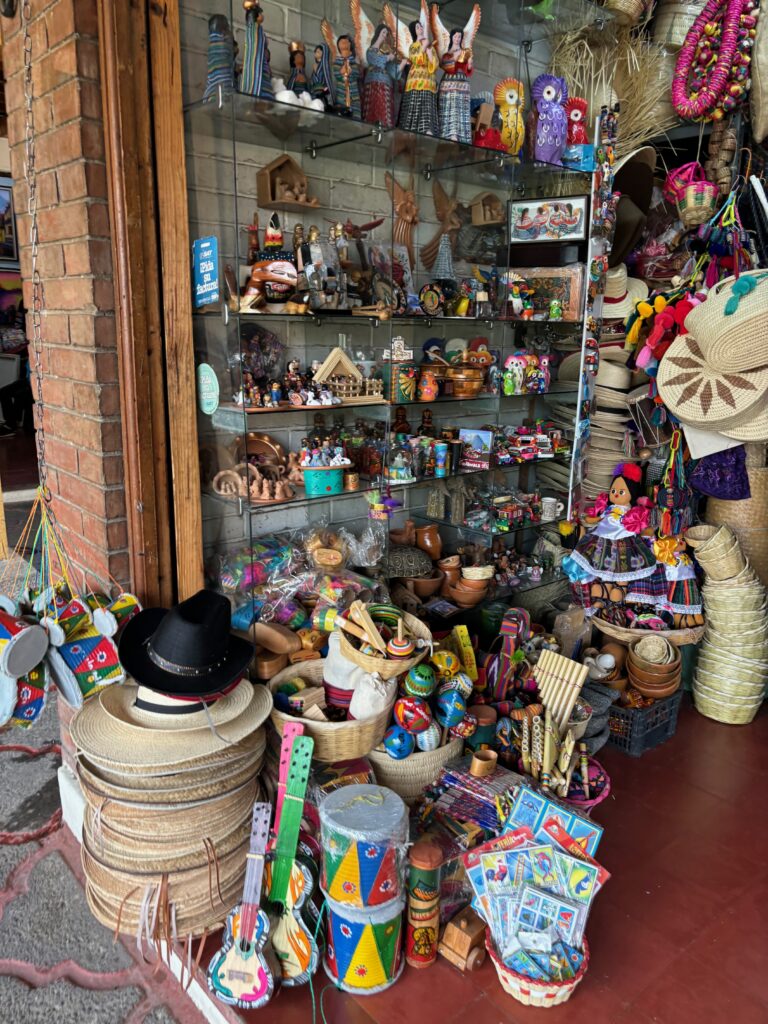
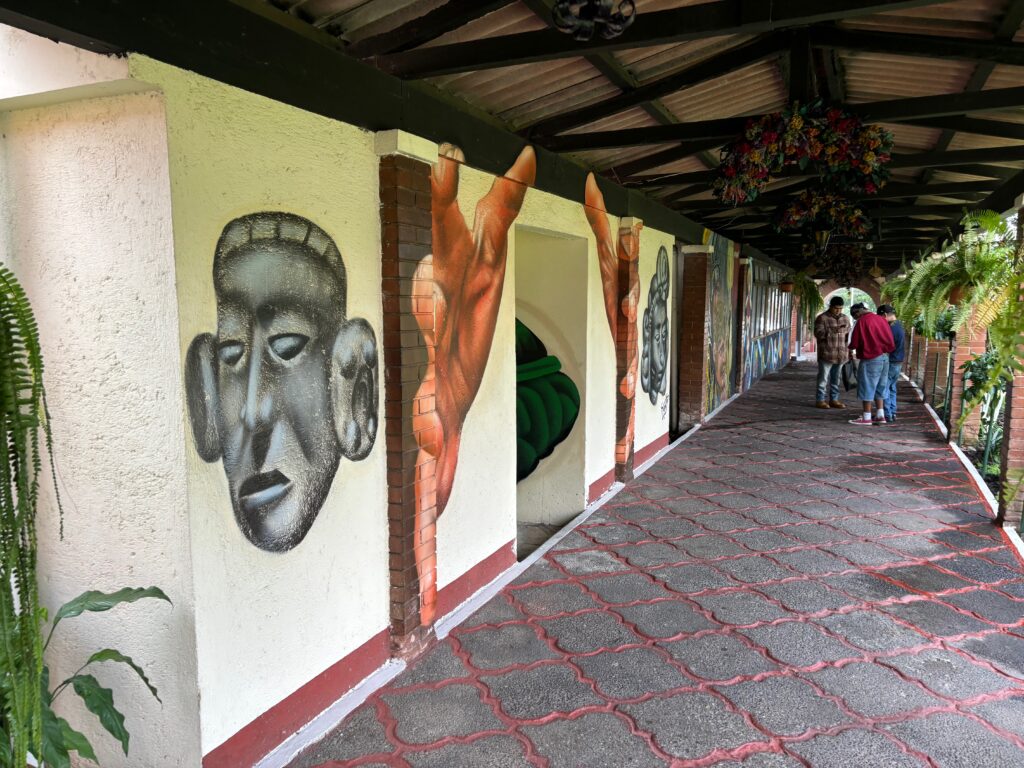
6. Museo Ixchel del Traje Indígena: This museum offers insight into Guatemala’s indigenous cultures through exhibits of traditional textiles and clothing.
7. La Aurora Zoo: I am not a zoo person but this one is considered one of the best zoos in the world, focusing on species native to Guatemala and Latin America. Very well maintained.
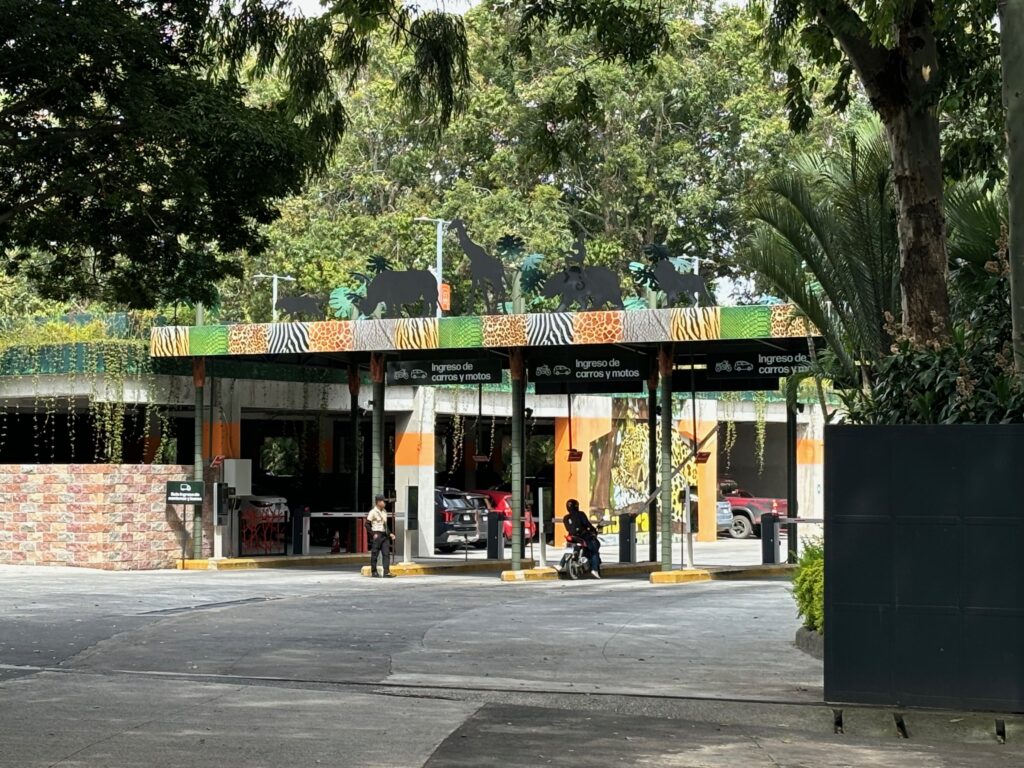
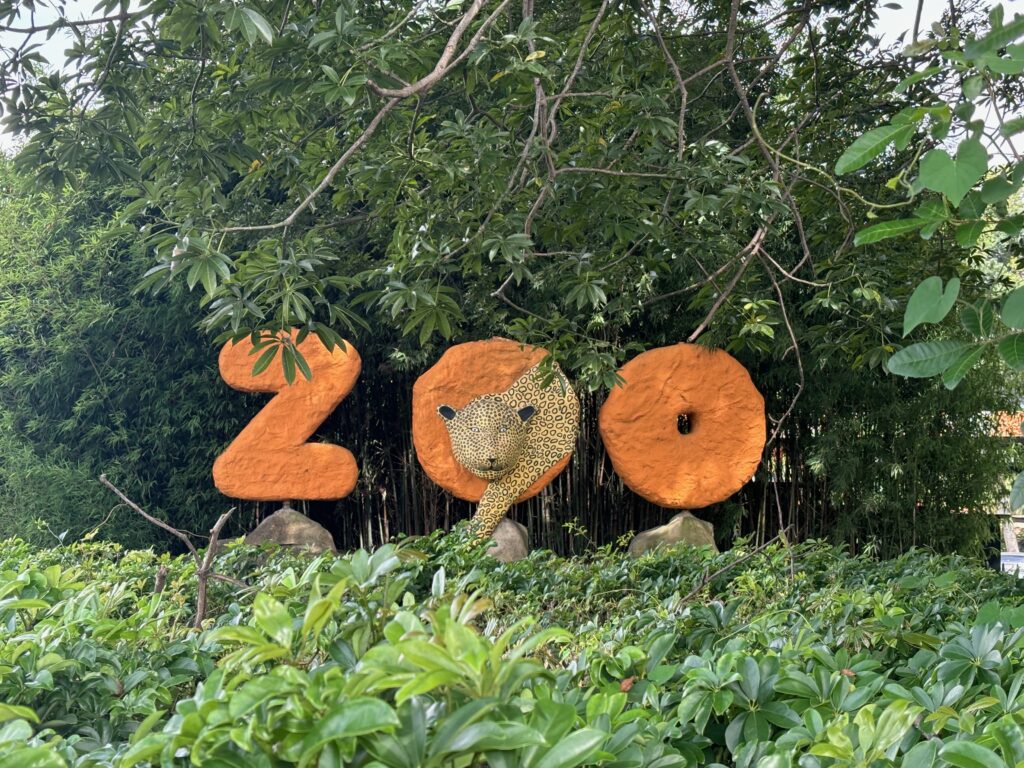
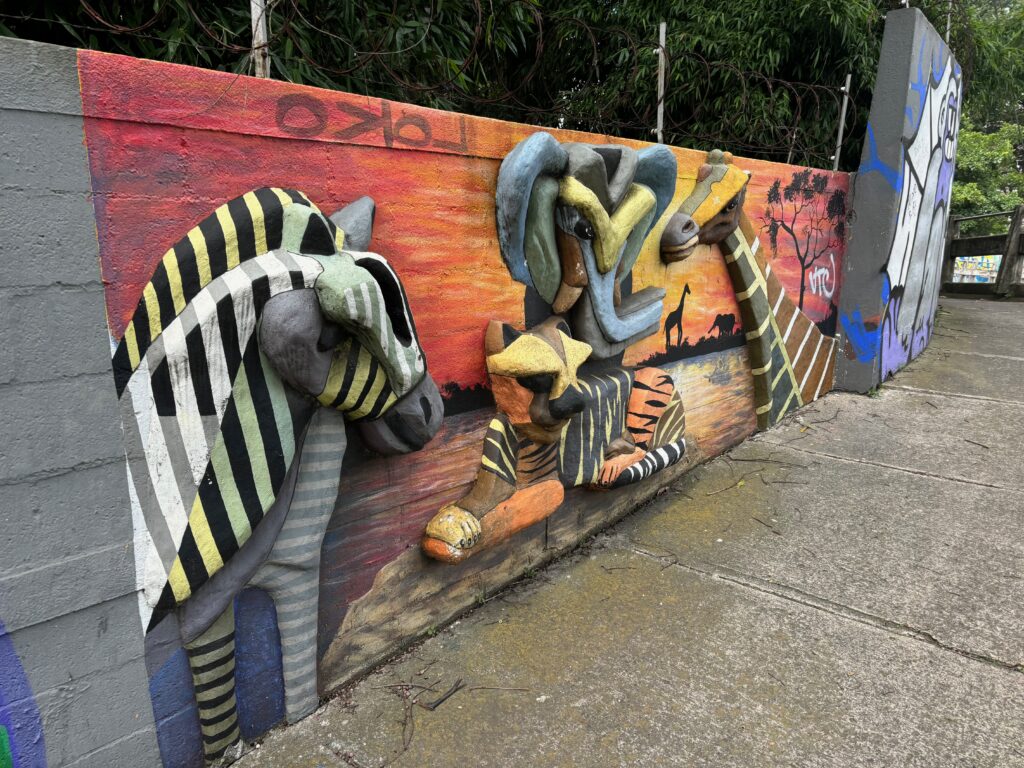
The National Museum of Archaeology and Ethnology was sadly closed for renovations. It houses one of the most comprehensive collections of Mayan artifacts in the world, offering a deep dive into Guatemala’s pre-Columbian history, with exhibits ranging from ancient ceramics and jade carvings to stelae that narrate the rich past of the Mayan civilization.
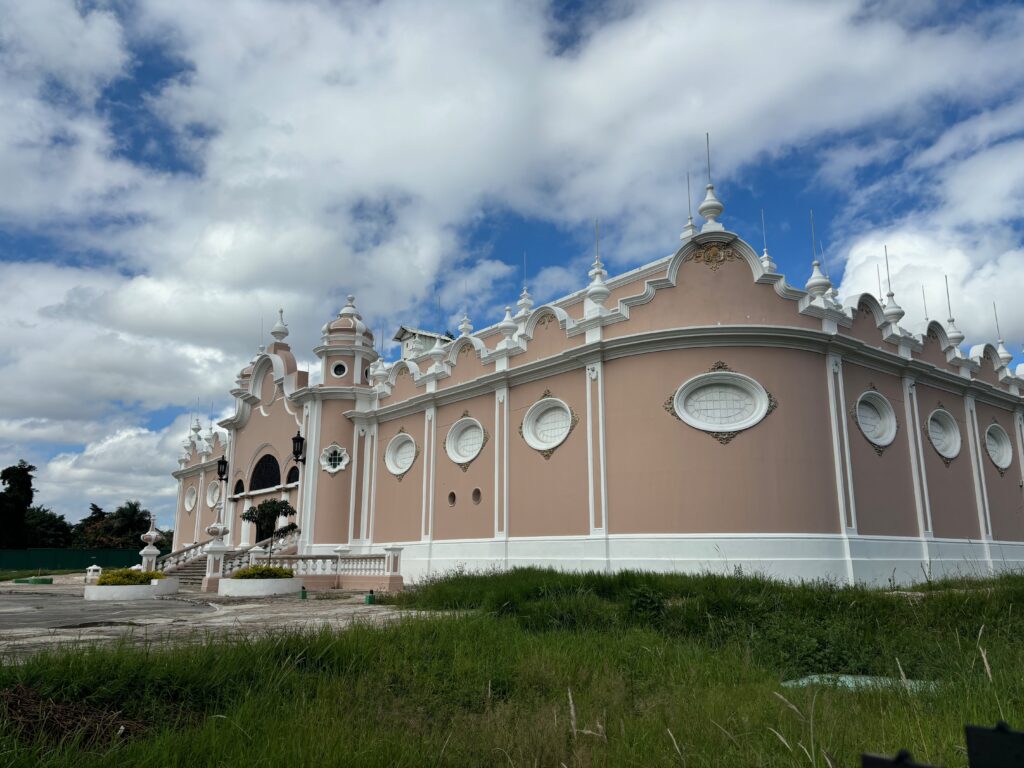
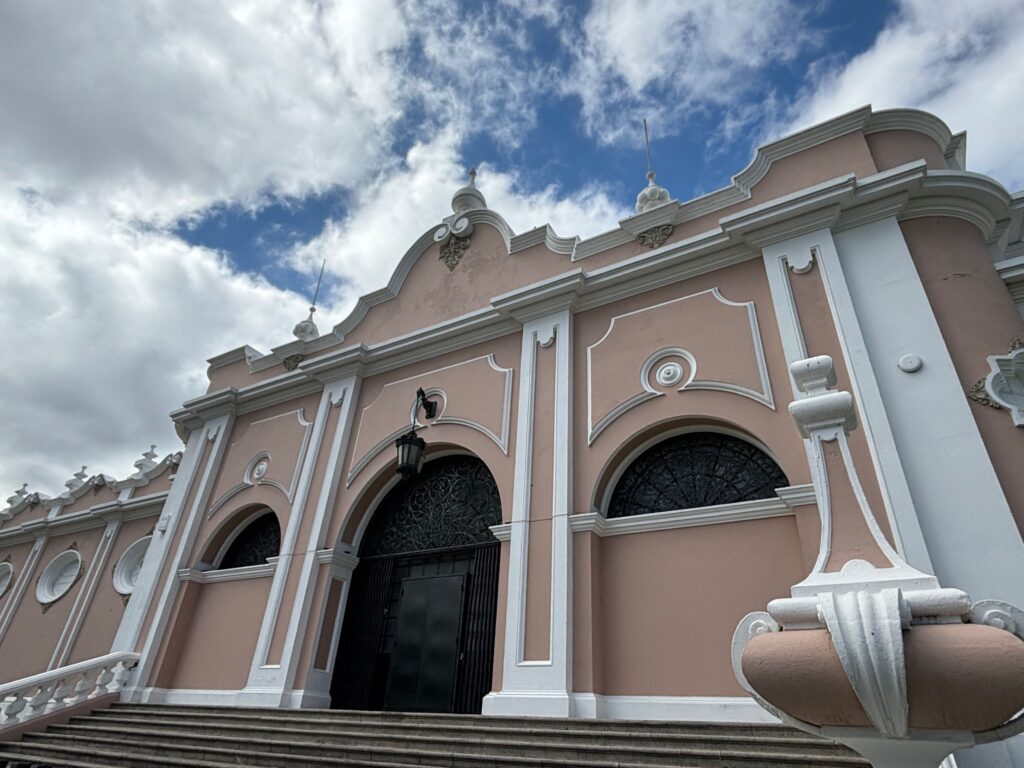
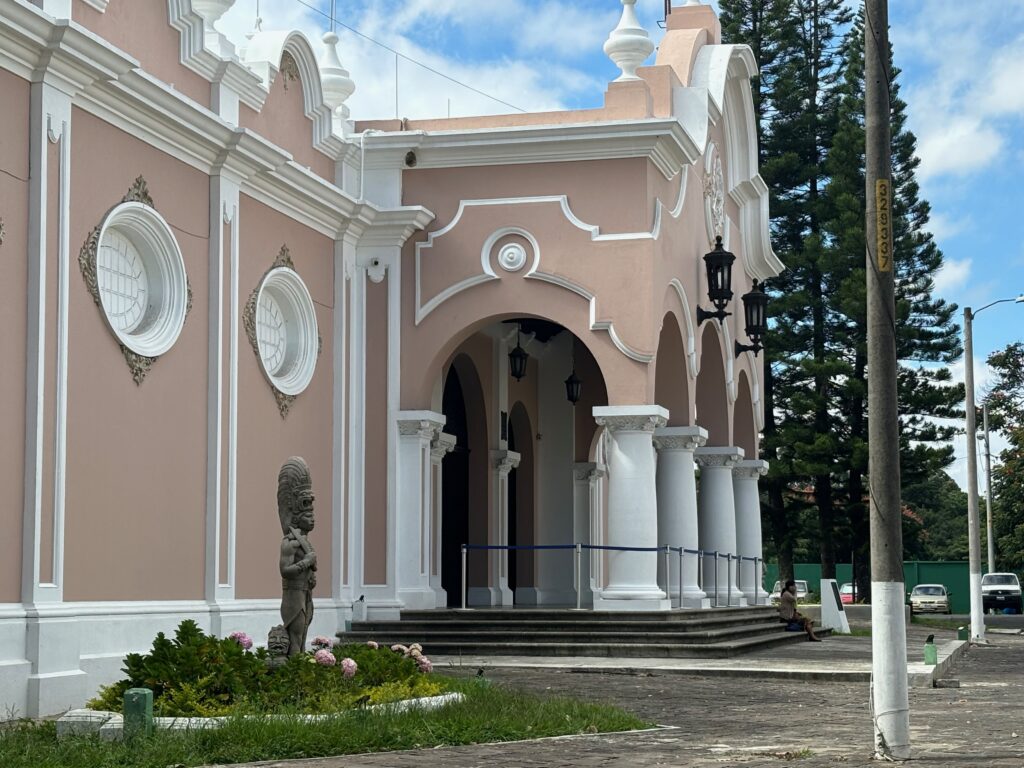
Crime and Safety: 18%
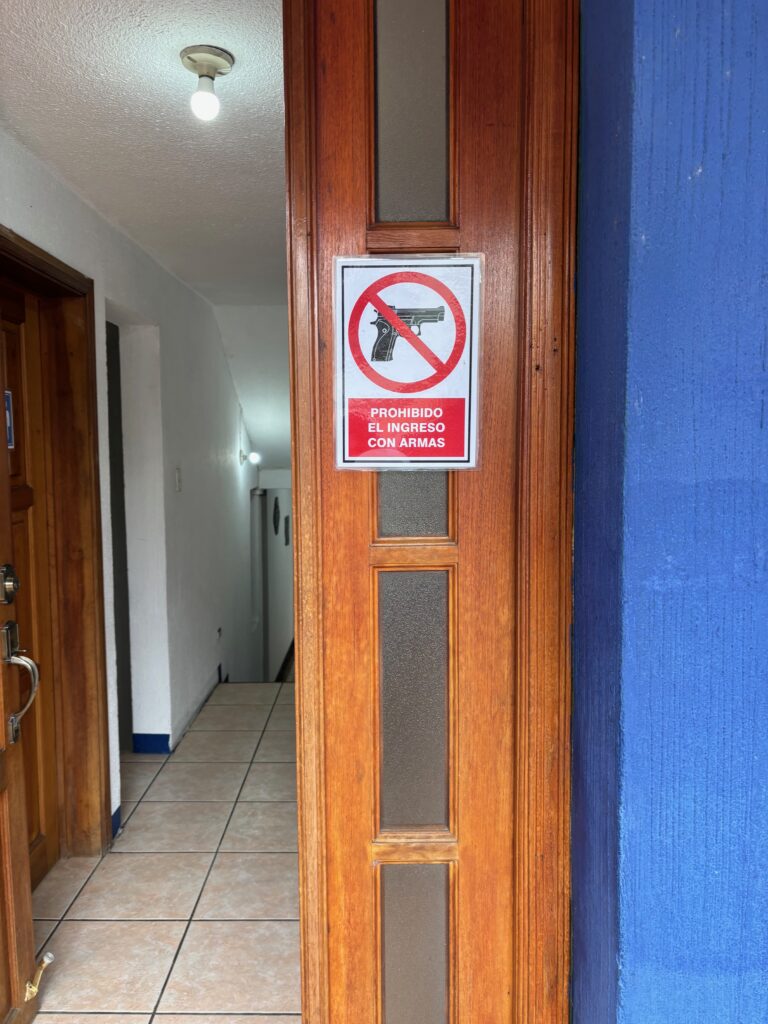
Guatemala City has significant crime challenges. Petty theft is prevalent, especially in crowded markets, bus stations, and tourist spots. More severe crimes, including armed robbery and gang-related violence, also occur in those areas. It’s crucial to stay vigilant, never display valuables, and be cautious when travelling, particularly at night.
Daytime Exploration: Zones 1, 4, 10, and 13 are generally safe during the day, especially in well-populated areas.Night Precautions: It’s advisable to avoid walking alone at night, even in safer zones like Zones 10 and 13. Use trusted transportation methods like registered taxis or rideshares.
High-Risk Zones: Zones 3, 6, 18 and 21 should be avoided at all times due to their high crime rates. Tourists have been robbed at gunpoint while climbing the volcano at Volcan de Agua and also on walking tracks throughout the country.
Climate and Weather
Guatemala City enjoys a tropical climate, with warm temperatures year-round due to its altitude of approximately 1,500 meters (4,920 feet) above sea level. The city experiences two main seasons: the dry season (November to April) and the rainy season (May to October). During the rainy season, heavy downpours are common, especially in the afternoons, while the dry season offers more stable and pleasant weather. Average temperatures range from 15°C to 25°C (59°F to 77°F), making it a relatively mild climate compared to other regions in Central America.
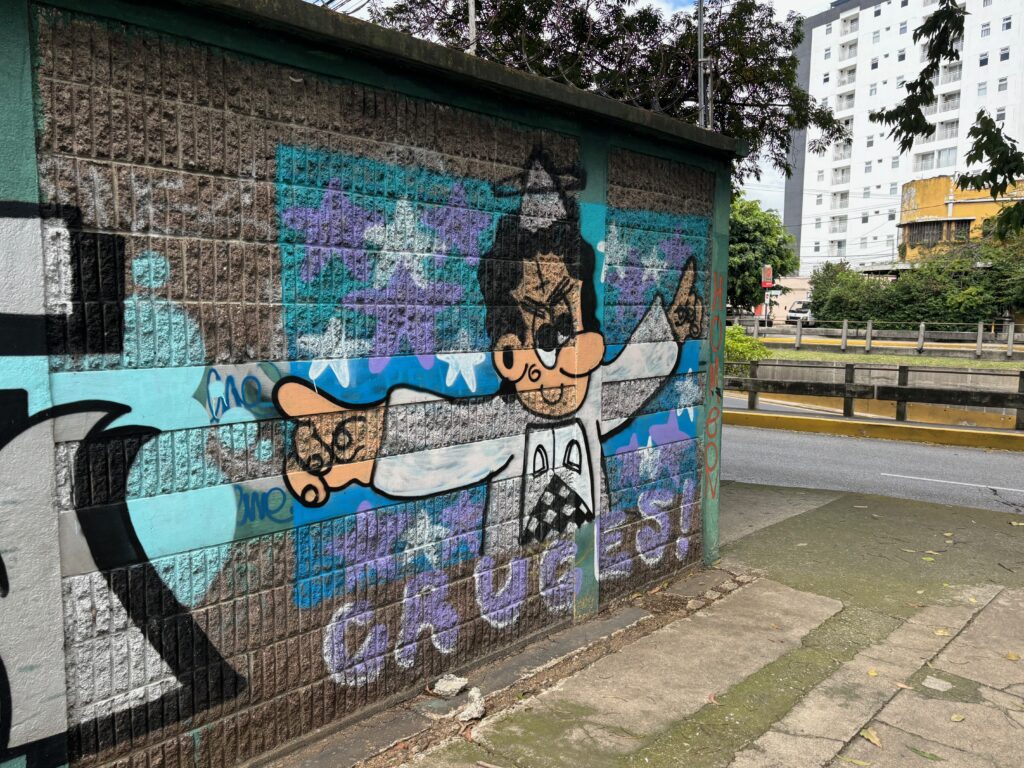
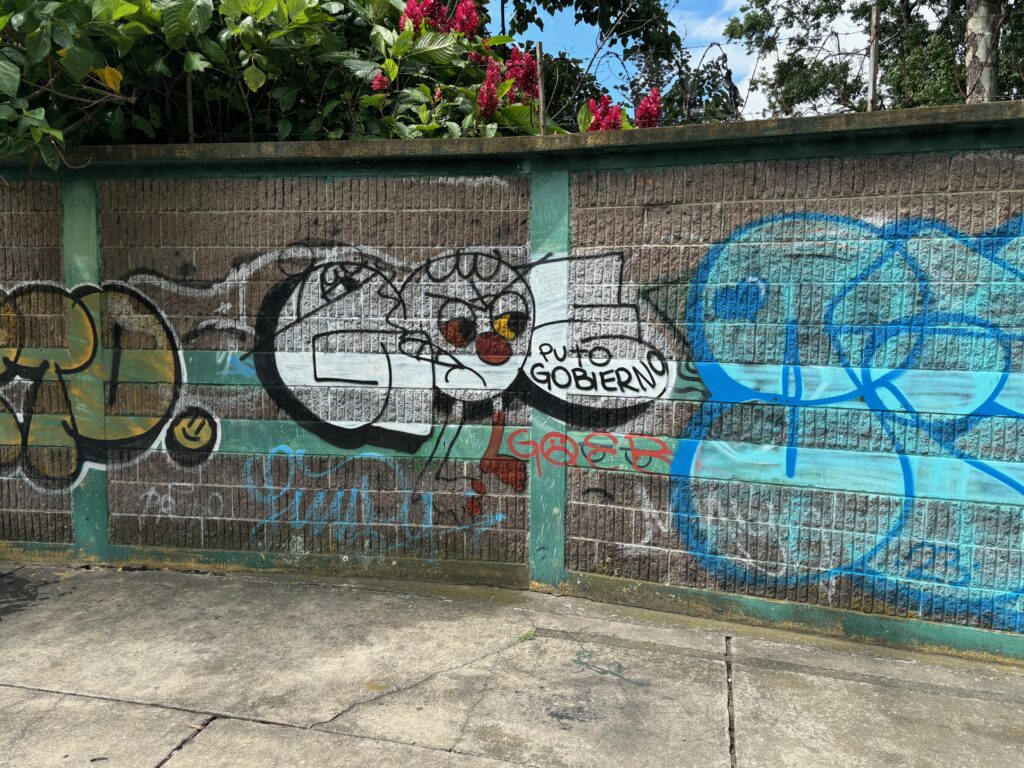
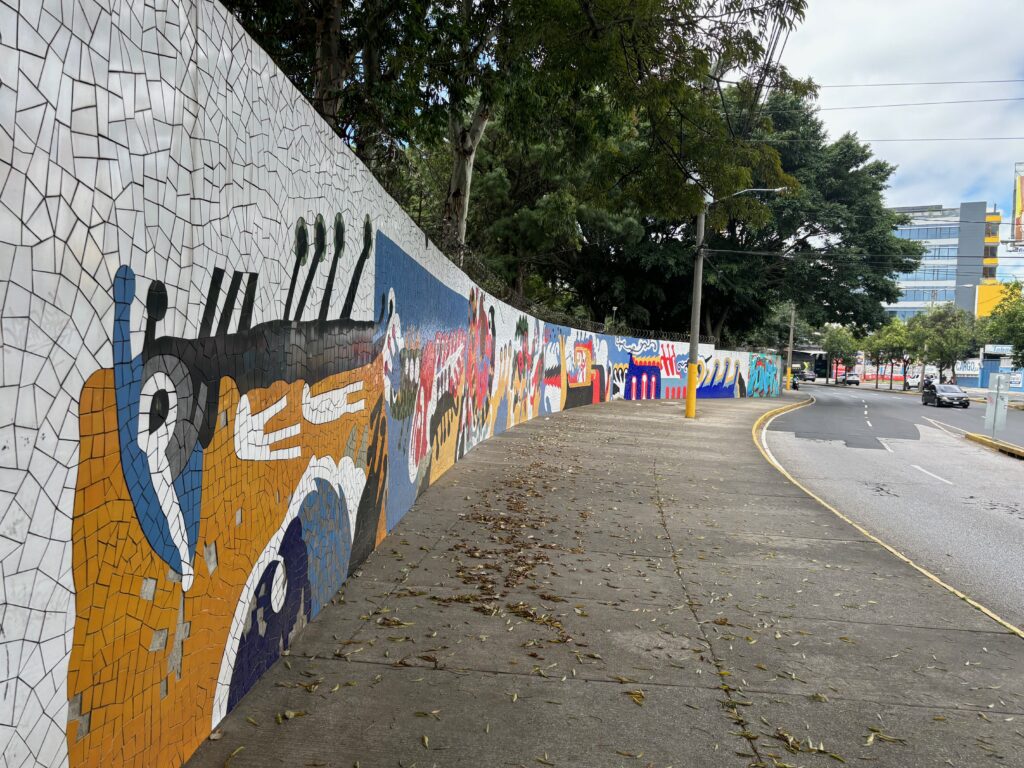
Money and Costs
The currency used in Guatemala is the Quetzal (abbreviated as GTQ) and usually represented with the symbol Q. The currency is named after the national bird of Guatemala, the quetzal, which is also a symbol of freedom in the country, as the bird was believed to die if it was held in captivity.
One quetzal is divided into 100 centavos with 1 centavo to 1 quetzal coans and banknotes in denominations of 1, 5, 10, 20, 50, 100, and 200 quetzales.
The U.S. dollar is widely accepted in tourist areas and they will usually display the exchange rate they will accept it at. Change will come in Quetzals.
Guatemala City is relatively affordable compared to other global capitals. Here’s a general idea:
- A meal at an inexpensive restaurant typically costs around Q20 to Q50 ($3 to $7 USD).
- Mid-range restaurants might charge between Q100 to Q200 ($13 to $25 USD) for a three-course meal.
- Accommodation varies widely, with three to four-star hotels ranging from $50 to $150 USD per night.
- A five-kilometre (three-mile) taxi ride typically costs around Q25 to Q50 ($3 to $7 USD).
Food Culture
Guatemala’s culture shines through its food, a delightful fusion of Spanish and Mayan influences. Local markets offer fresh produce, including avocados, chilies, and tomatoes, which are staples.
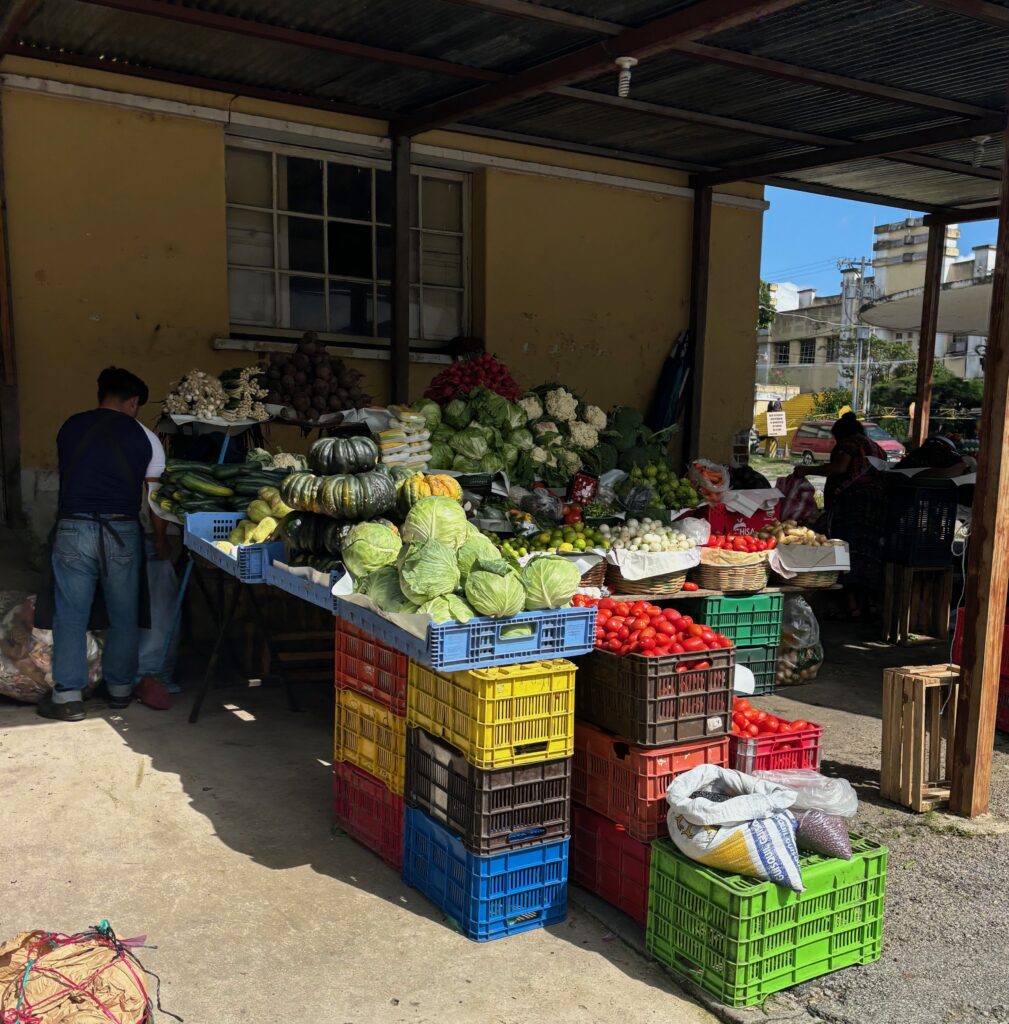
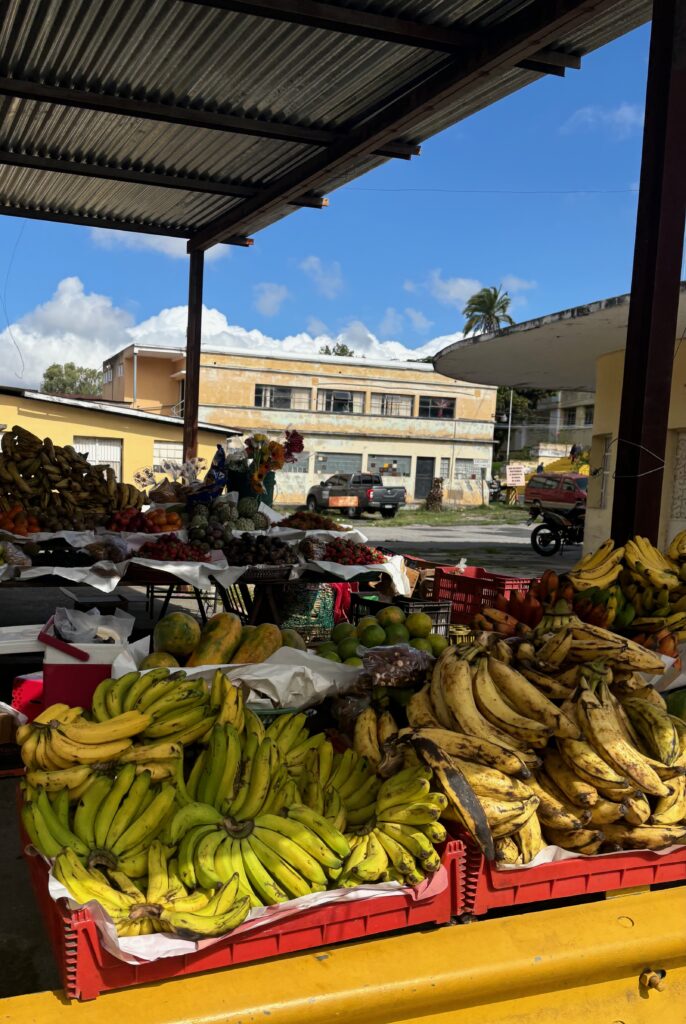
Here are the top dishes to try in Guatemala, highlighting the country’s rich culinary heritage:
- Pepián: A thick, hearty stew with chicken, beef, or pork, often considered Guatemala’s national dish. It’s made with a blend of spices, tomatoes, and peppers, usually served with rice and tortillas. Mouthwatering.
- Kak’ik: A traditional Mayan turkey soup, deeply flavoured with spices like coriander, achiote, and chillis. The soup is hearty and often accompanied by rice and tamales.
- Gallo en Chicha: Chicken cooked in a fruity, fermented corn drink called chicha, along with raisins and cinnamon, offering a unique, sweet, and tangy flavour. Yin will love to hate ti!
- Jocon: A green chicken stew made with tomatillos, cilantro, and green chillis. The vibrant green sauce gives this dish its unique flavour, often served with rice.
- Tamales: Corn dough filled with meats, vegetables, or fruits, wrapped in banana leaves, and steamed. Each region in Guatemala has its variation of tamales, making them a must-try.
- Chiles Rellenos: Poblano peppers stuffed with minced meat, vegetables, and sometimes cheese, then battered and fried. This dish showcases the blend of Spanish and local ingredients.
- Fiambre: A traditional dish served on All Saints’ Day (November 1st), it’s a cold salad made with a variety of vegetables, meats, cheeses, and sometimes even seafood, all marinated in vinegar.
- Atol de Elote: A sweet corn-based drink thickened with cornmeal and often spiced with cinnamon. It’s a comforting and popular beverage, especially during cooler months.
- Rellenitos de Plátano: A sweet treat made from mashed plantains filled with black beans and sugar, then fried. It’s a perfect blend of sweet and savoury.
- Hilachas: Shredded beef in a tomato-based sauce with potatoes, green beans, and carrots, typically served with rice and tortillas.
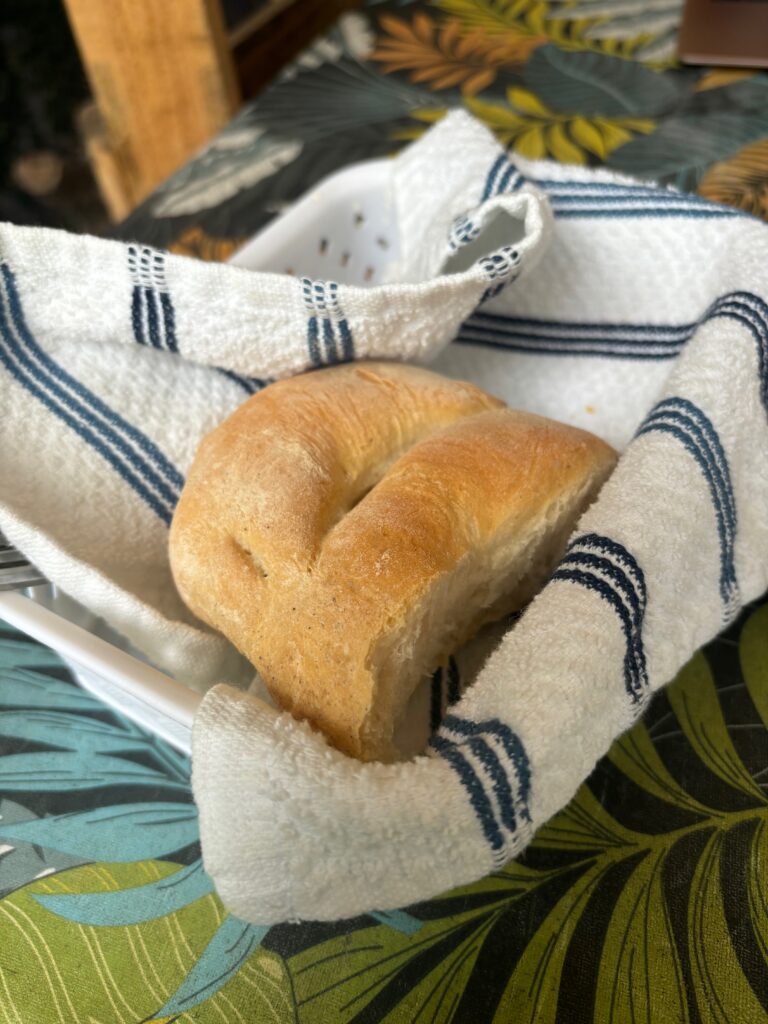
Cafe Culture
This city is the perfect place to try amazing local coffee. Throughout the city, you can find numerous fabulous baristas and street-side coffee stalls offering terrifically flavoured coffee. Guatemala is renowned for its exceptional Arabica coffee, because of the country’s high altitudes and volcanic soils create ideal conditions for producing rich, flavorful coffee. The main regions you will see are:
- Antigua: Known for its rich, full-bodied coffee with a velvety texture, often featuring chocolate and spice notes balanced by bright acidity.
- Atitlán: Grown around the scenic Lake Atitlán, this coffee is noted for its full body, bright acidity, and floral aroma, influenced by volcanic soil and microclimates.
- Huehuetenango: This high-altitude region produces coffee with bright acidity, complex fruit notes, and an aromatic profile, thanks to its unique climate.
Vibe
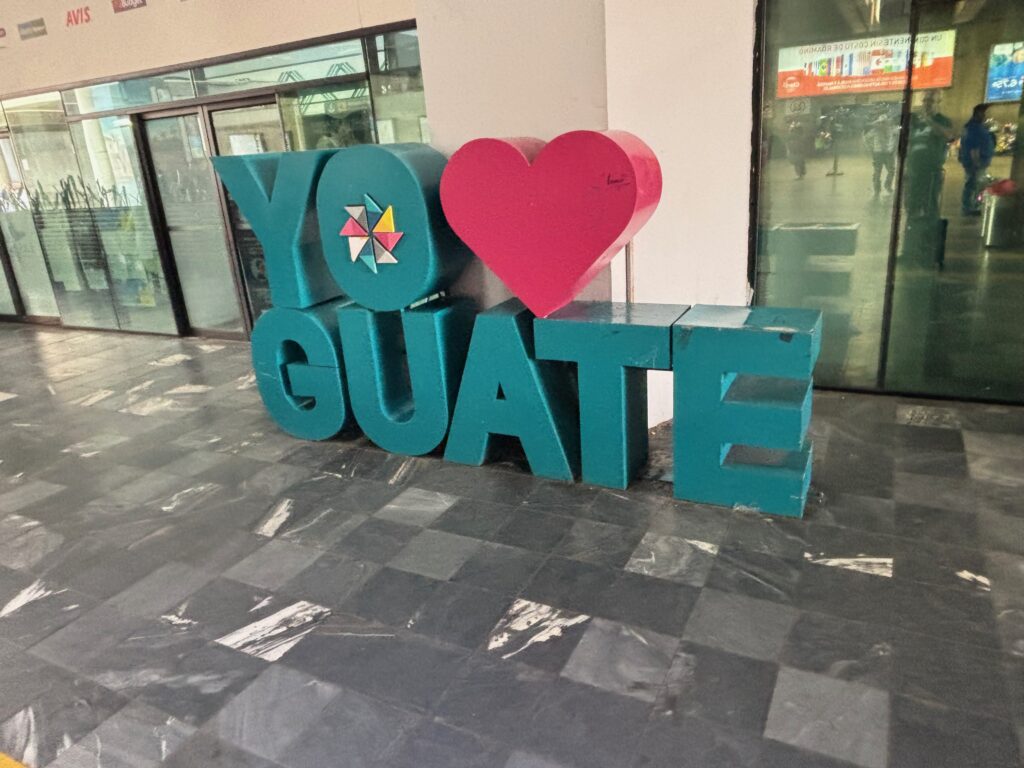
Guatemala City and I really didn’t click.
While the city has its historical and cultural highlights, the overall atmosphere and my interactions with the locals didn’t work for me. The warmth I had hoped for was missing. Whether the locals were reserved or simply unfriendly, I never felt truly welcomed, which significantly coloured my experience of the city.
This lack of warmth contributed to a less enjoyable stay, making the city feel less inviting. I was bemused that the friendliest person I encountered was the immigration officer stamping my passport at departure.
Out of the major cities in Central America, I strongly prefer Mexico City, San Salvador, Panama City, San Jose, and Managua. These cities offer a great blend of culture, history, and vibrant urban life that I truly enjoy.
I have yet to visit Belize City and unfortunately missed the opportunity to explore Antigua, Guatemala, which I hear is way better than Guatemala City.
On the other hand, I did not enjoy my experiences in Tegucigalpa and San Pedro Sula very much and how we can add Guatemala City!. These cities didn’t resonate with me, though they may offer different experiences to other travellers. What do you think of these cities?
Related Posts
- Bogotá: Bold, Beautiful and Boggling Contrasts
- Flat Earth Challenge on the remotest flight: Qantas Business Class Non Stop from Sydney to Santiago
- Santiago: The Heart of Chile
- Under Rated Spokane -16 Top Things for a Great Visit
- Whimsical Portmeirion, Home of “The Prisoner”
- Canterbury: Historic Gem of Southern England
- Stupendous Shanghai
- One Amazing Travel Year: Countless Stories across 23 Countries, 60 Cities


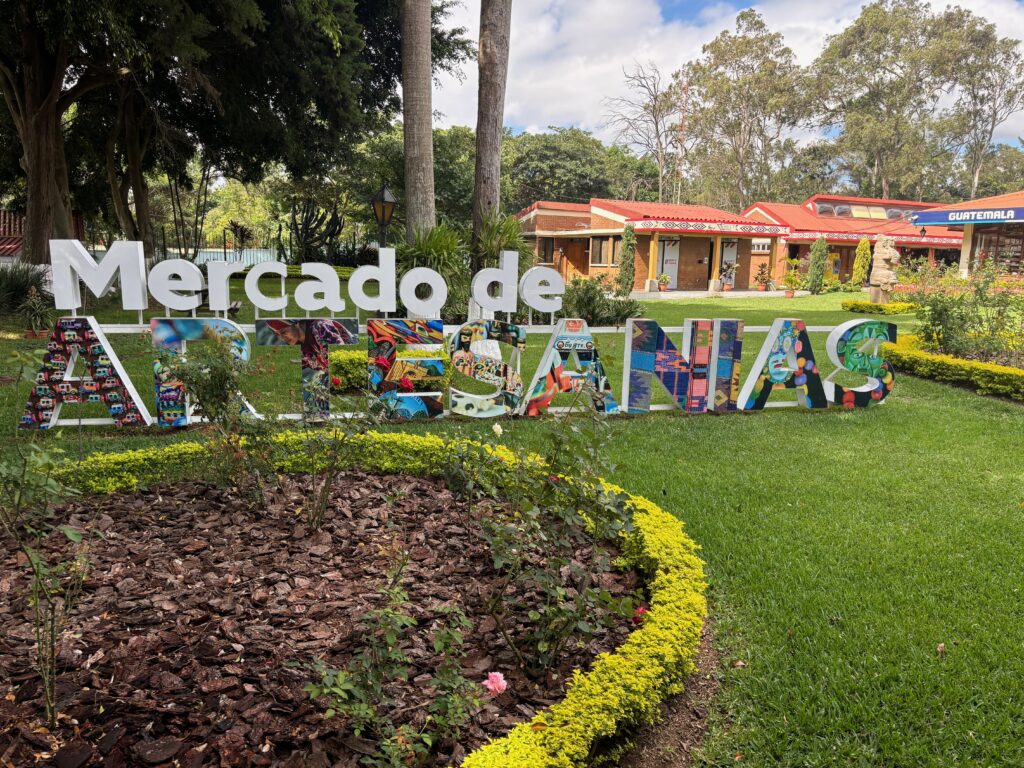
This is sad…you are a loser for this too. White american male that cant stand a beautiful South American country
I agree with comment above, yes the is a lot of crime in the main city like many other places in the world but i honestly believe it is one of the most beautiful country, did you Visit Tikal Ruins, Semuc Champey, Antigua, Rio Dulce?? Among many other places this country has to offer that are safe fun and inexpensive. So please do not generalize a whole country by one city’s problems